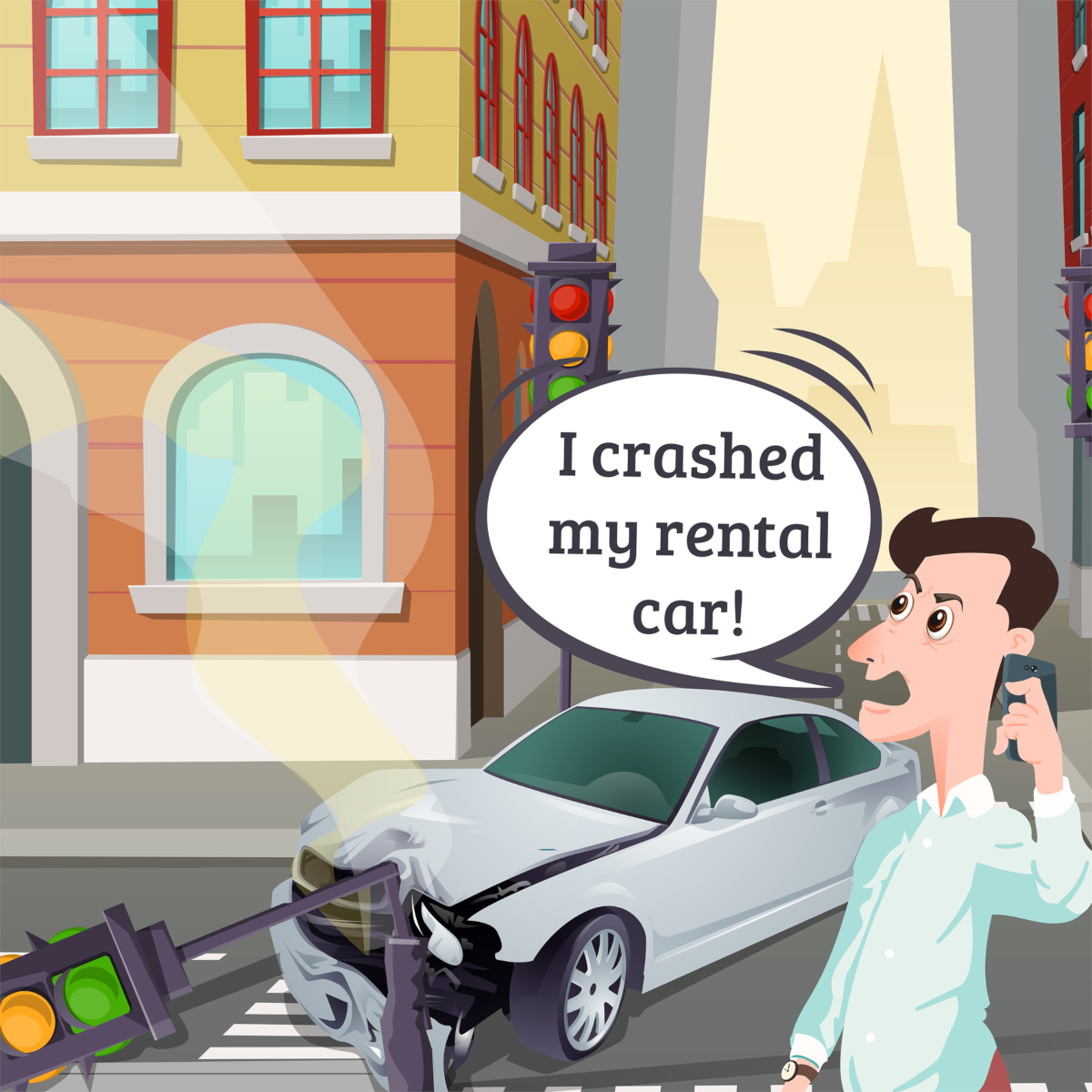
What Is Collision Damage Waiver?
A collision damage waiver (CDW) is additional insurance coverage offered to an individual renting a car. A collision damage waiver is optional, with the cost of the waiver dependent on a number of things, including the type of rental car and where the car is being driven. The waiver typically covers losses from the theft of or damage to a rental car but is unlikely to cover bodily injury caused by an accident.
Understanding Collision Damage Waiver (CDW)
Car rental customers that purchase a collision damage waiver pay an additional daily fee on top of the rental car fee. The CDW provides a level of protection for the renter that covers damage to the rental car. If the car is damaged then the renter is not responsible for some or all repairs, as well as for any loss of use fees that may accrue while the rental car is being repaired.
Collision damage waivers are often offered by car rental companies on multiple occasions during the rental process. Renters are typically offered a CDW when they reserve the car, as well as during the process of picking up the rental. In most cases you can decline their CDW offer, but only if you add the rental to your own auto insurance policy and provide proof of your insurance.
What does Collision Damage Waiver Cover?
Collision damage waivers cover most damage to the rental car. They also cover potential costs that may not be included in your other insurance policies. For example, a damage waiver usually provides “loss of use” coverage when the car is under repair and thus cannot be rented out, as well as administrative and towing fees.
If you are renting a car in the United States, the damage waiver offered to you will typically cover all of these costs without the need for you to pay a deductible.
Keep in mind that a damage waiver only covers rental car damage. It will not cover any expenses if you cause an accident that damages other vehicles or results in injuries. In addition, a waiver won’t cover risky behaviors that result in damage, such as taking your rental car off road, speeding, or driving drunk. Also, loss or theft of the vehicle is not covered if you left it running outside. Though rare, be careful of less obvious exclusions such as damage to the windshield, tires, and mirrors.
Personal Auto Insurance
Another alternative to a damage waiver is using your existing auto insurance, since coverage is likely to be included in your policy. Insurance will typically cover car rentals in the U.S. and Canada, but not rentals in other countries.
There are circumstances, however, when purchasing a damage waiver may make more sense than relying on your existing car insurance policy. For example, if you purchase a damage waiver rather than filing an insurance claim, you don’t have to worry about the possibility of your insurance company raising your rates.
In addition, your car insurance policy may have a high deductible that you have to pay before other expenses are covered. However, if you also have rental car benefits associated with your credit card, then that may cover cost of the deductible and make this a moot point.
If you decide to use one or both of these alternatives instead of purchasing a damage waiver, keep in mind that your insurance provider or credit card company must come to an agreement on the cost of repairs with the rental car company. Failure to do so may mean that you are responsible for the difference.
The Bottom Line
For most people, buying a damage waiver is not worth the money. While it may seem prudent to buy just to be safe, the purchase of loss or collision damage insurance may cancel or be redundant with other forms of insurance you already have.
On the other hand, there may be certain situations where paying a comparably small fee to buy a damage waiver may avoid enough of a headache to make it worthwhile. Do a little research and know how your existing car insurance policy covers when it comes to rental cars, and whether your credit card offers this type of coverage as a benefit.
Regardless of your decision, consider taking ‘before’ pictures of your rental vehicle when you pick it up, especially if you see any existing damage. When you drop the car off, have the attendant do a walk around the vehicle. If that isn’t possible, take ‘after’ pictures as well. Doing this can document any damage that was already present and give you peace of mind that you can prove no damage occurred to the car while you were renting it.